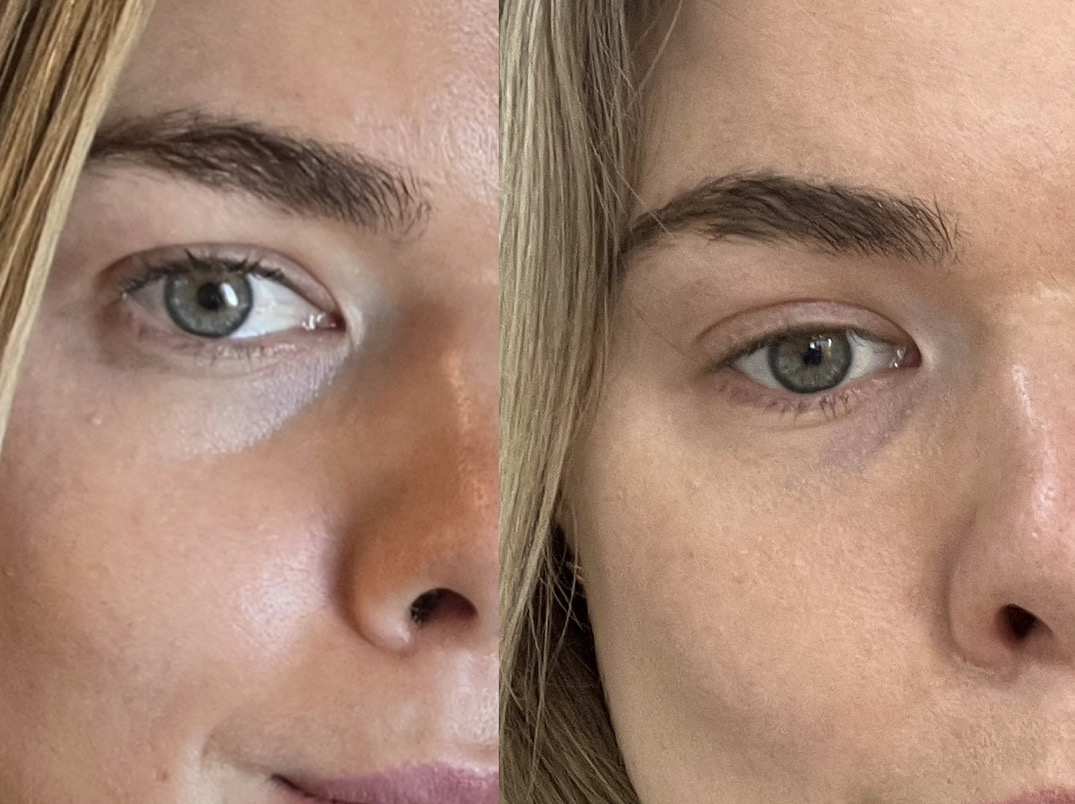Tear trough filler
Tear trough filler
Tear trough filler
Tear trough filler, a non-surgical cosmetic procedure, addresses the hollow or dark areas under the eyes known as tear troughs. Hyaluronic acid-based fillers are meticulously injected to add volume and smooth the under-eye area. This treatment reduces the appearance of shadows, bags, and tiredness, creating a more refreshed and youthful look. Tear trough filler is a popular choice for individuals seeking to rejuvenate their under-eye area without the need for surgery.


Tear trough filler
Tear trough filler
Treatment of undereye areas can be challenging for both patients and practitioners. While fillers are often suggested as a solution, it is essential to note that they only address volume loss, not pigmentation. If you are a suitable candidate for filler treatment, it can significantly enhance your features.
Frequently Asked Questions
Ideal candidates are individuals with noticeable under-eye hollows, dark circles, or mild to moderate under-eye bags who desire a non-surgical approach to rejuvenation. Good overall health and realistic expectations are important.
The results can last anywhere from 6 months to A years, or even longer in some cases, depending on the type of filler used and the individual’s metabolism and lifestyle.
Patients should avoid strenuous exercise, alcohol, and makeup application in the treated area for at least 24 hours post-treatment. Cold compresses may be recommended to minimize swelling.
Yes, certain types of fillers, such as those made from hyaluronic acid, are reversible and can be dissolved with an enzyme called hyaluronidase if the results are unsatisfactory.
